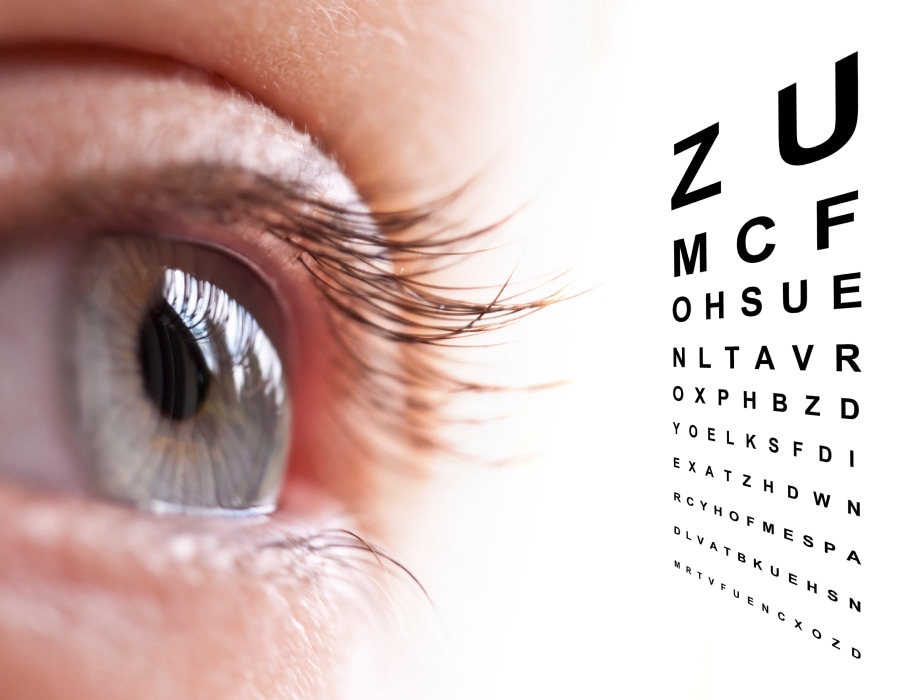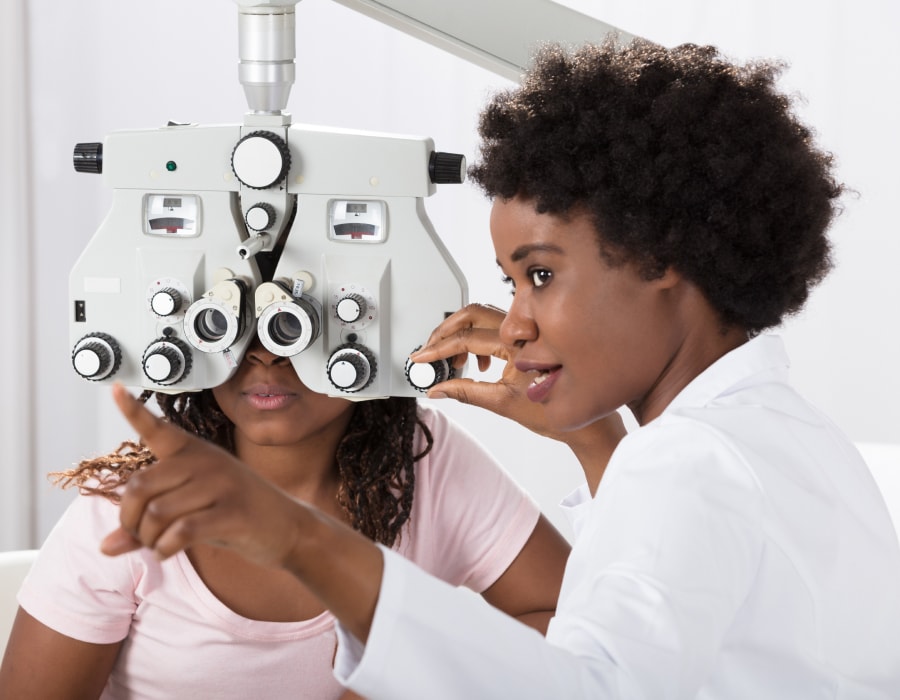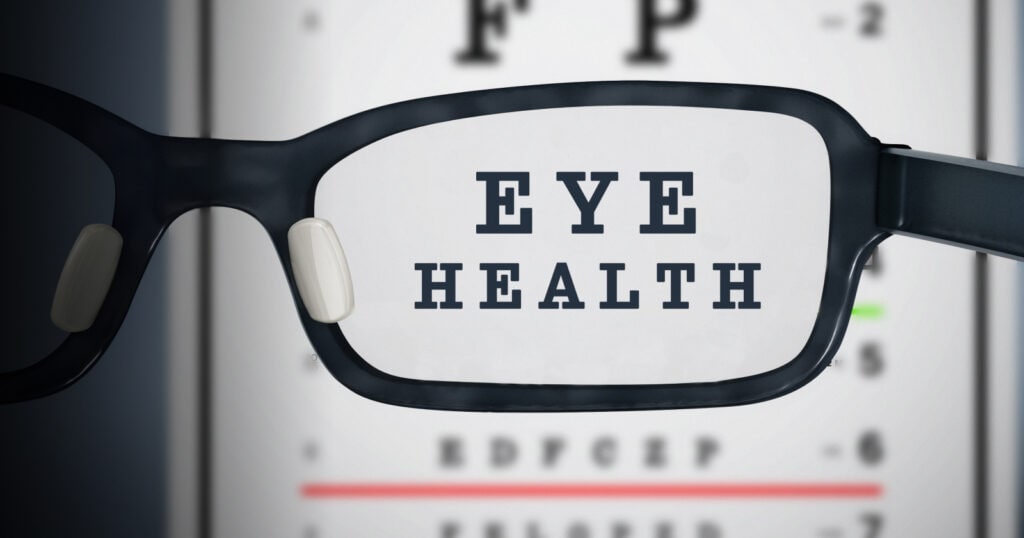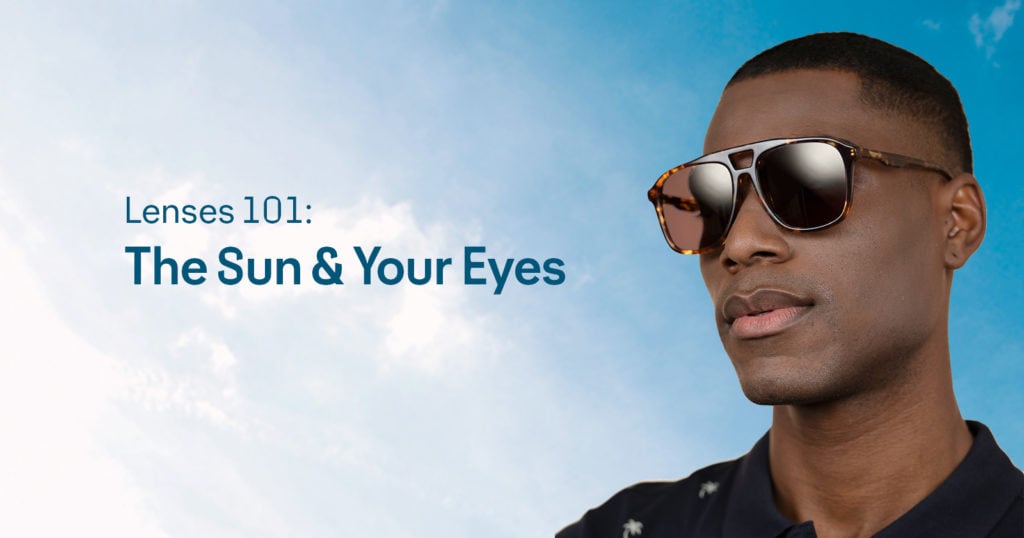Not all sharp vision is the same. While many strive for 20/20, some reach even greater clarity. Knowing what makes 20/10 vision special helps us understand eye function. It also shows what can be achieved with the right care, correction, or enhancement.

What Is 20/10 Vision?
Visual acuity assesses the clarity or sharpness of your vision. Typically evaluated using a Snellen chart with letters of varying sizes, how far you can read the chart determines your vision sharpness. The standard is 20/20 vision, meaning you can see at 20 feet what an average person also sees at 20 feet.
However, 20/10 vision is superior. This means you can see clearly at 20 feet what someone with normal vision needs to be 10 feet away to discern. Often referred to as “super vision,” it’s rare but can be natural or achieved through procedures like LASIK.
Comparing 20/10 to 20/20 highlights enhanced clarity, offering a more detailed visual experience. This can be advantageous for activities requiring sharp sight, like sports or specific professions.
Understanding 20/10 Vision
20/10 vision represents a higher level of sight than the standard 20/20. Understanding this requires comprehension of the eye’s function. Similar to a camera, the cornea and lens focus light onto the retina, where it’s converted into signals sent to the brain via the optic nerve, forming images.
Individuals with 20/10 vision process images effectively, observing details at 20 feet that someone with average vision sees at only 10 feet. This often results from genetics and an optimal alignment of the eye’s parts, including the cornea, lens, and retina.
The Snellen chart is used to measure vision strength, containing lines of letters in varying sizes. Optometrists assess vision sharpness based on the smallest letters a person can read. Recognizing 20/10 vision demonstrates the eye’s remarkable capabilities and underscores the importance of regular eye examinations.

How to Achieve 20/10 Vision
Many aspire to 20/10 vision, sharper even than 20/20. While not everyone naturally attains this level, vision can be enhanced naturally or through medical treatments.
Natural Ways to Improve Vision
Enhance your vision by adopting lifestyle changes and practicing eye exercises. Doing regular exercises can strengthen eye muscles. Focus on distant objects, move your eyes in various directions, and follow the 20-20-20 rule: every 20 minutes, look at something 20 feet away for 20 seconds.
Proper nutrition is also crucial. Foods rich in omega-3, lutein, zinc, and vitamins C and E benefit eye health. Incorporate leafy greens, fish, nuts, and citrus fruits into your diet. Additionally, minimize screen time and use sunglasses to shield eyes from UV rays, preventing strain.
Medical Procedures to Enhance Vision
For quicker results, consider medical procedures such as LASIK. LASIK reshapes the cornea to address vision issues, potentially leading to 20/10 vision. It’s suitable for conditions like nearsightedness or farsightedness. Always consult an eye doctor to determine if it’s appropriate for you.
Other procedures include PRK and SMILE, alternatives to LASIK. These have improved significantly, becoming safer and more effective.
Eye Tests for 20/10 Vision
Routine eye exams are vital for maintaining sharp vision. Optometrists utilize tests, like the Snellen chart, to evaluate vision at various distances, detecting potential vision problems promptly.
Regular check-ups address vision issues early and allow for discussions with optometrists about vision enhancement.
By combining natural methods with medical advancements, achieving 20/10 vision is more attainable. Whether through lifestyle changes or surgery, enhanced vision offers a clearer, more vibrant perspective.
For eyewear options to support your vision journey, explore Eyebuydirect’s collection of eyeglasses and discounted glasses.
Benefits and Limitations of 20/10 Vision
Having 20/10 vision equates to remarkably sharp eyesight. You can see at 20 feet what most are required to be 10 feet away to discern. This clarity aids in identifying fine details, beneficial for reading small text or recognizing distant objects. It’s especially beneficial for athletes, pilots, and others who need sharp vision. It can also help improve peripheral awareness.
However, limitations and misconceptions exist regarding 20/10 vision. Not everyone can naturally achieve it due to genetic factors, and procedures like LASIK don’t guarantee this level of clarity. Furthermore, possessing 20/10 vision doesn’t signify healthier eyes than those with 20/20 vision. Consistent eye exams are crucial, as exceptional vision doesn’t preclude eye issues. Some mistakenly believe superior vision negates the need for check-ups, which is inaccurate.
Ultimately, while 20/10 vision provides enhanced detail and clarity, recognizing its limitations is vital for maintaining eye health.
Maintaining Your Vision
Caring for your eyes is essential for sustaining good vision and overall eye health. Here are some straightforward tips:
Eye Health Tips
These simple habits can support long-term vision and eye health:
- Regular eye exams – Visit an eye doctor regularly to detect early signs of eye problems and receive guidance on eye care.
- Protective eyewear – Use sunglasses with UV protection outdoors to shield eyes from harmful rays.
- Screen time management – Limit screen exposure and take breaks to prevent eye strain, using the 20-20-20 rule.
- Hydration – Drink ample water to maintain eye moisture.
- Sleep – Ensure sufficient rest for eye recovery from daily strain.
Balanced Diet for Vision
A balanced diet significantly influences vision. Incorporate these foods for better eye health:
- Leafy greens – Spinach and kale, rich in antioxidants, protect against cataracts and age-related issues.
- Fish – Salmon and tuna provide omega-3 fatty acids, helping prevent dry eyes.
- Carrots – High in beta-carotene, carrots support vision health.
- Nuts and seeds – Almonds and sunflower seeds contain vitamin E, safeguarding eyes from damage.
Eye Exercises
Engage in eye exercises to support vision, improving focus and alleviating strain:
- Blinking – Frequent blinking keeps eyes moist and reduces fatigue.
- Palming – Warm your hands by rubbing them together and then cover your eyes with them to relax the eye muscles.
- Focus change – Hold a finger close, focus on it, and slowly move it away while maintaining focus, enhancing focusing skills.
By adhering to these tips and adopting a healthy lifestyle, you contribute to enduring eye health.

Eyewear Options for Better Vision
Eyewear plays a critical role in improving vision. Glasses and contact lenses are commonly used for tasks like reading or driving.
Glasses: A Timeless Choice
Glasses have been a reliable means of correcting vision for centuries, available in diverse styles. They focus light on the retina to adjust sight. This helps with problems like nearsightedness and farsightedness.
Contact Lenses: Freedom and Flexibility
Contact lenses offer a different kind of freedom, resting directly on the eye for a broader view than glasses. Ideal for active individuals, they don’t fog up or obstruct activity. Available in daily disposables or extended-wear options.

Picking the Right Eyewear
Choosing eyewear should reflect personal preferences and lifestyle needs. Some favor the convenience of glasses, while others prefer the flexibility of contacts. It’s essential to consult an eye doctor to determine the best fit for your needs.
Ultimately, both glasses and contact lenses offer effective vision correction. Eyebuydirect accommodates diverse vision needs with a comprehensive selection of eyewear, ensuring clear vision and confidence.






